Dr. Fakir Mohan Nahak
THE TELEVISION NEWS INDUSTRY IN ODISHA HAS GONE THROUGH A PROGRESSIVE JOURNEY IN THE PAST TWO DECADES. IN THIS SERIES DR. FAKIRA MOHAN NAHAK PRESENTS THE MEDIA HISTORY BLENDED WITH HIS CLOSE OBSERVATION ON THE FAST-CHANGING INDUSTRY.
Courage in journalism is often referred to reporting from conflict zones and live coverage of natural calamities.
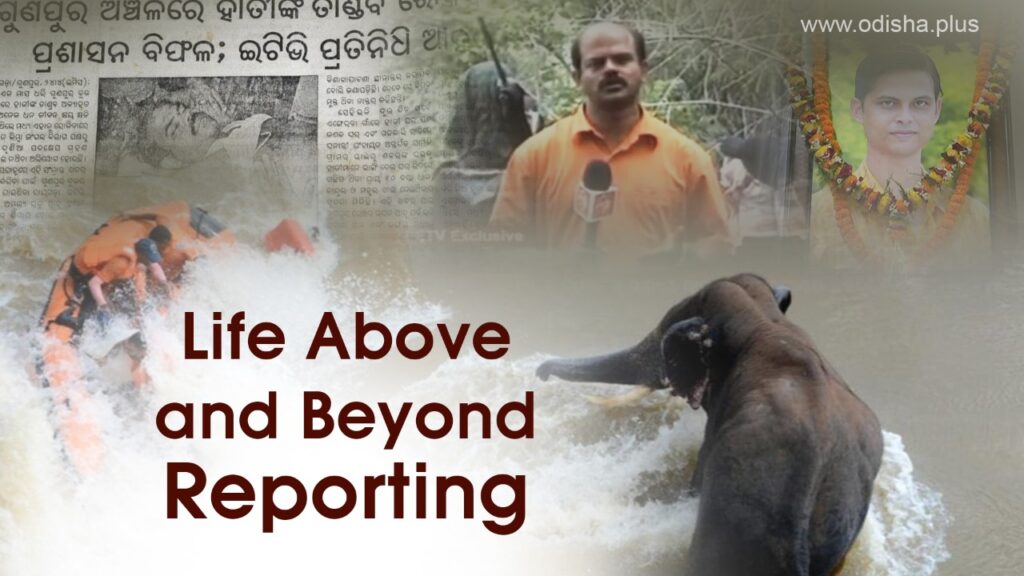
Many efficient and experienced journalists in different parts of the world have lost their lives while reporting from the troubled places like warzones between two countries, terrorist clashes, ethnic clashes and communal riots, Maoists or extremist insurgencies and the attack on human habitat by different wild animals.
Despite all of them being careful about their personal safety, many a times they have lost their lives. But in some cases, due to lack of foresight, journalists have been victims of unexpected accidents and it has cost their lives. When discussion happens related to such brave and courageous reporting in Odisha Media, the bravado of two reporters comes to the mind.
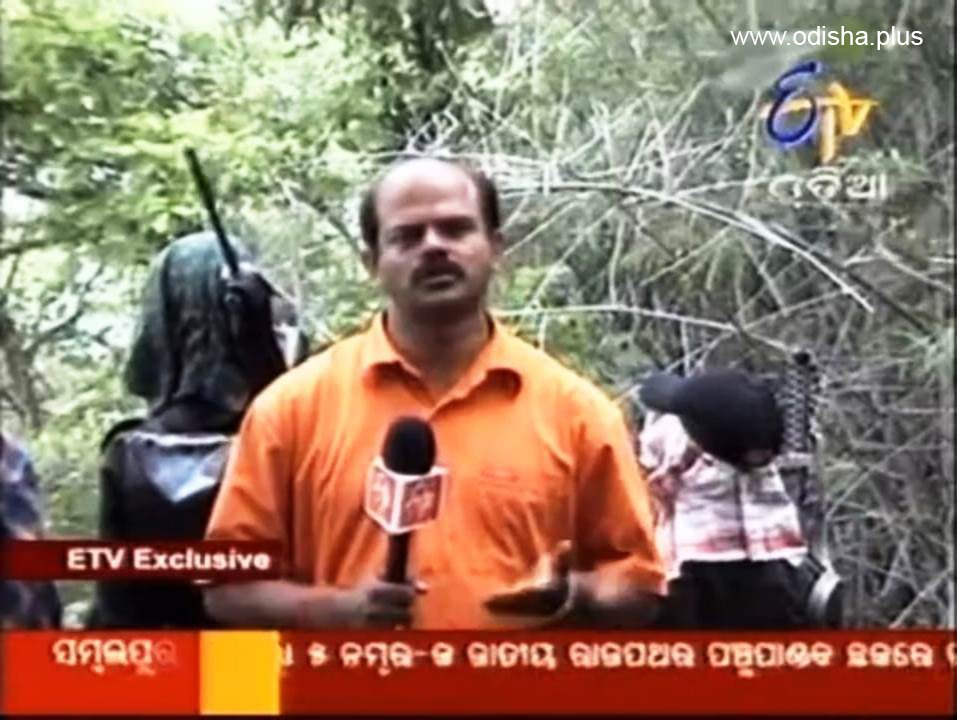
It was April 24, 2007. Thirteen elephants rushed towards the village from Khaira forest in Gunpur block of Rayagada district. Four civilians lost their lives in their attack. A man from that tribal dominated area called the then ETV representative of Rayagada, Amulya Ratna Sahu and told that “even after losing four lives, the incident is not yet been covered by ETV. Are you guys waiting for many more casualties to happen so that you will start the coverage?” The genuine concern of that gentle man bothered Amulya Ratna. Immediately he started towards the area that faced the tusker’s wrath. There was river on the way.
Leaving the motorcycle on the other side of the river, he took the camera with him and jumped into the water and crossed it. He found the people on a small hill when entered into the forest. Elephants were lying under the hills. People did throw stones at the elephants from high places. The visuals were not good as the elephants were far away. Finding an elephant in a ditch, he went closer to the colossus animal. While making his video, suddenly the elephant came up.
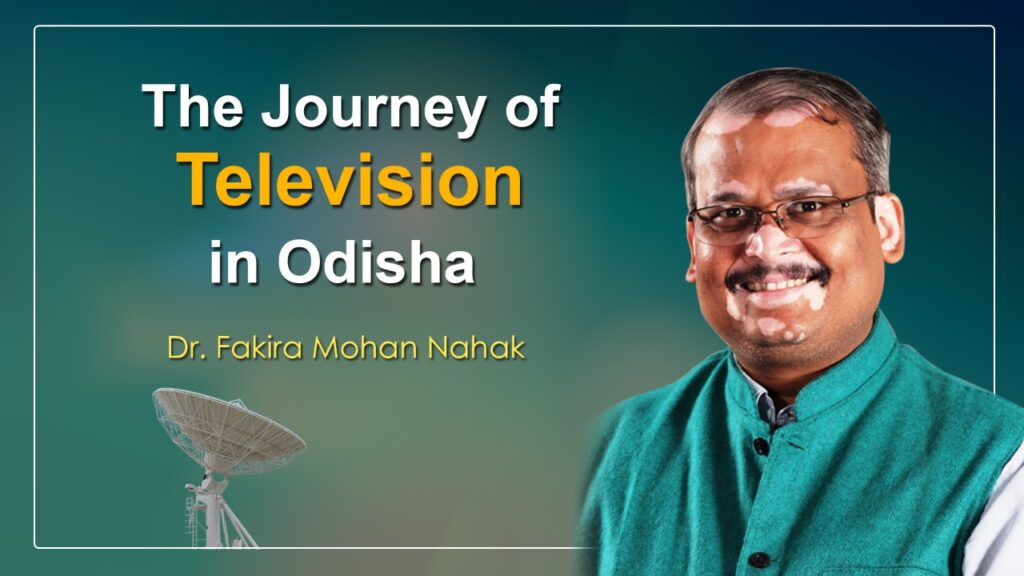
Fortunately, Amulya threw a towel at him and ran away. Meanwhile, an old woman requested the ETV representative to cover the vandalism done by the wild tuskers in her village to draw the administration’s attention for providing financial assistance. While returning, Amulya and the two people who were with him found the herd of the elephants. In order to escape the attack, they hid behind a tree. However, seeing the sight of 13 elephants walking in a line, Amulya could not control his excitement. When he opened his camera and tried to take a picture of the herd, suddenly an elephant came running towards him. Two other people who were with him started running for their lives. By this time Amulya tried to run with his camera inside the bag, the elephant had already come to him. An elephant attacked his back with the trunk. Amulya fell to the ground. The elephant snorted again and left with a loud roar. He fell unconscious. After the herd of elephant left, some villagers arrived. Everyone assumed that Amulya had died.
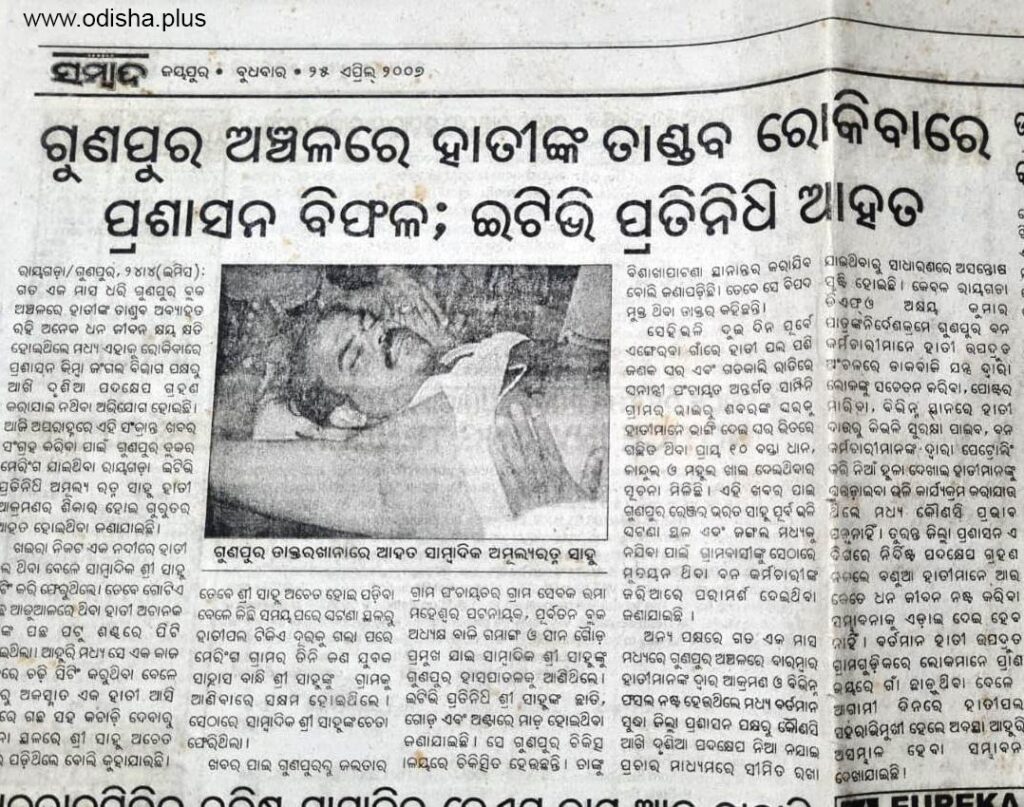
However someone found that he was still breathing. They carried him on a broken cot on their shoulders. After that, they took him across the river to the Gunupur community health centre. There, the doctor found out that Amulya has got multiple bone fractures and he needs to be transferred to a bigger hospital immediately. Amulya was transferred to Visakhapatnam. However, there was no noticeable improvement after treatment, so he was transferred to AIIMS in New Delhi. After three long months of treatment there, he finally recovered.
Even after this incident, Amulya did not hesitate to do such adventurous reporting. On the night of December 10, 2008, around two hundred armed naxals carried out an explosion at Dangasorada police outpost in Chandrapur block of Rayagada district. An SOG (Special Operation Group) jawan was killed in the incident. Amulya rushed to the spot without delay and reached around five o’clock in the morning with his cameraman Satya Sahu and found Constable Benudhar Nayakat the spot. While talking to Benudhar, suddenly a landmine got exploded in front of the police outpost. Benudhar was the victim of the explosion right in front of his eyes. But luckily Amulya survived. The Constable was airlifted from Muniguda to Visakhapatnam and eventually died. Even after seeing death in front of his eyes, Amulya couldn’t change his style, approach and quest for adventurous reporting.
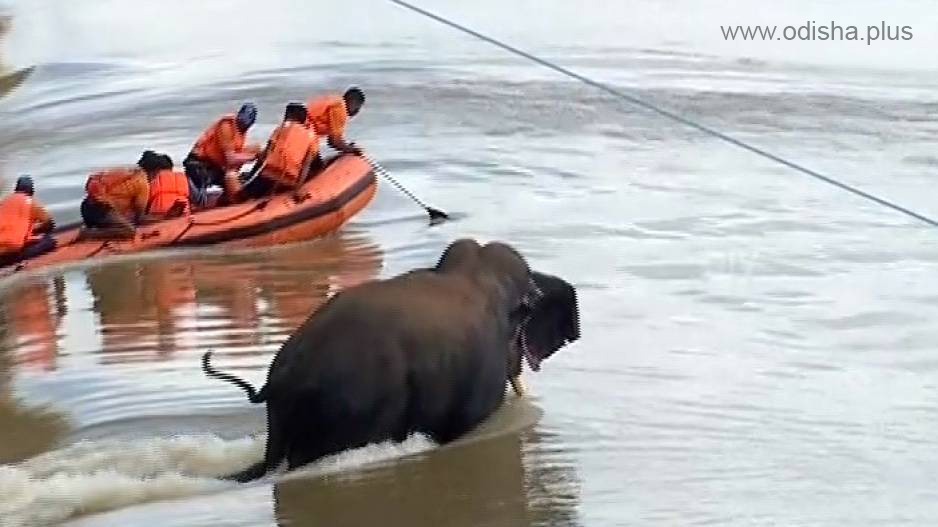
A similar incident happened on September 24, 2021. Arindam Das of OTV, one of the bravest and adventurous reporters of the channel and the state went into the river for a brave report and unfortunately lost his life in the line of duty. Arindam along with his camera man Prabhat Sinha were in the ODRAF (Odisha Disaster Rapid Action Force) boat that went into the Mahanadi River near Mundali Barrage in Cuttack to rescue a stranded elephant. While doing the live coverage of the rescue operation, the boat got capsized. According to footage recorded on camera at the time, Arindam struggled to save himself from the turbulent water current for a long time and finally lost the battle. When Arindam, his cameraman and the ODRAF Jawanswere fished outof the water and rushed to the SCB Medical College, Cuttack, it was too late for the doctors to save the life of the brave reporter despite all efforts. Media fraternity of Odisha lost a brave comrade forever. With it, the life of a passionate, fearless young journalist was snuffed out.
Arindam was a familiar face in every household in Odisha that has a television set or smart phone. The frequent occurrence of natural calamities in Odisha has immensely contributed to make him a house hold name. He was instrumental in conveying the image of the disaster from Ground Zero to the audience. Arindam had the courage to fight with the monster of nature. He was going wherever the storm would make landfall, regardless of whether it was Phailin, Fani, Hudhudor Titli.
In all these reports, Arindam was betting his life time and again. And every time he felt that he had overcome adversity and triumphed. It kept his spirits up. It was also promoting the respective channels as people liked, even admired such daring reporting. But no one has ever checked Arindam not to do this. Literally he did not obey any such restrictions. A passionate, excited and daring reporting eventually took Arindam’s life.
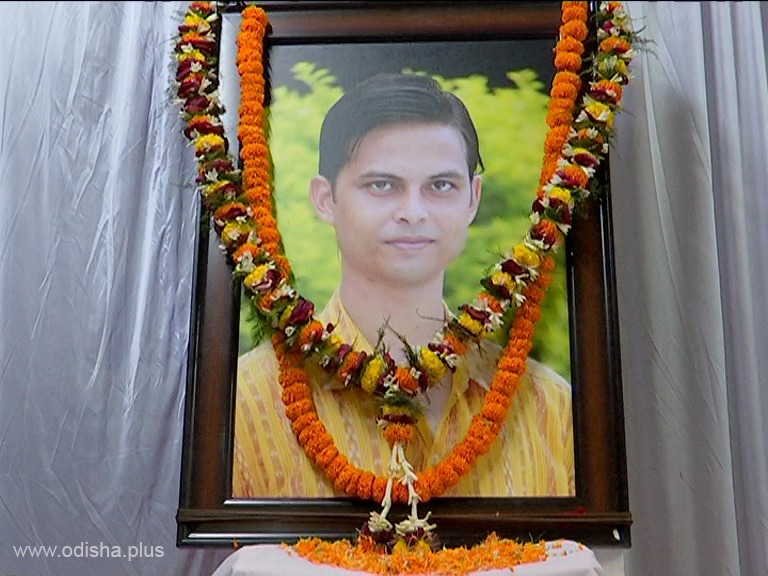
The demise of Arindam shook the whole state. It is natural to have a question after such an event. How reasonable is it to risk one’s life to actually do this kind of journalism or get the news out to the public? Why has no one ever tried to statutorily prevent such an audacious move with a policy decision? Isn’t this incident a question mark on the competition between our various television channels? Can a journalist’s life be put on risk just to stay ahead in the competition? All these unanswered questions need thorough introspection, self-assessment by the Journalists, editors, managers and owners working on television. It is hard to say that no other young journalist would risk his life to be motivated, influenced and inspired by such a brave man.
(Dr. Fakira Mohan Nahak is a writer and former media professional. He is currently working as the Head of the Department of University Institute of Media Studies, Chandigarh University at Mohali, Punjab. Views are Personal)



























